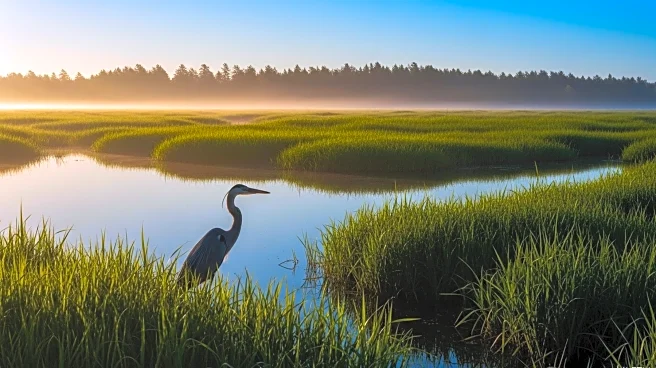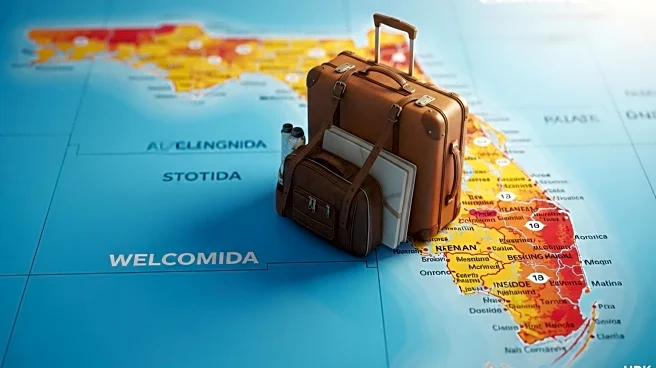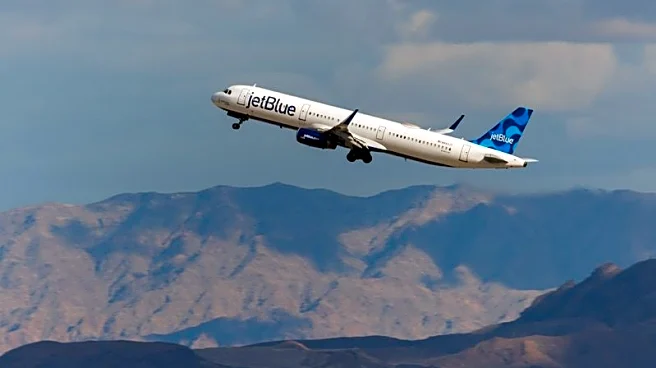The Everglades is a unique and expansive wetland ecosystem located in the southern part of Florida. It is renowned for its diverse habitats, which include sawgrass marshes, mangrove forests, and cypress swamps. The Everglades is home
to a wide variety of wildlife, including several endangered species, and plays a crucial role in the region's water supply and climate regulation.
Core Facts
The Everglades covers approximately 1.5 million
acres, making it one of the largest wetlands in the world. It was designated as a national park in 1947 to protect its unique ecosystem from the threats of urban development and agricultural expansion. The park is a UNESCO World Heritage Site, a Wetland of International Importance, and a designated International Biosphere Reserve.
Notable Details
The Everglades is often referred to as the "River of Grass" due to its slow-moving water and vast
expanses of sawgrass. It is the only place in the world where both alligators and crocodiles coexist. The park is also home to a variety of bird species, including the endangered wood stork and the Cape Sable seaside sparrow.
Comparisons and Contrasts
Compared to other national parks in the United States, the Everglades is unique in its focus on preserving a subtropical wetland ecosystem. Unlike mountainous parks such as Yellowstone or
Yosemite, the Everglades is characterized by its flat terrain and water-dominated landscape. This distinct environment presents unique challenges and opportunities for conservation and management.
Key Data Points
The Everglades faces several environmental challenges, including disrupted water flow, invasive species, and pollution. Efforts to restore the natural water flow and improve water quality are ongoing, with the
Comprehensive Everglades Restoration Plan being one of the largest environmental restoration projects in the world. The park's restoration efforts are critical to ensuring the survival of its diverse ecosystems and the species that depend on them.

 Discover Daily
Discover Daily 










